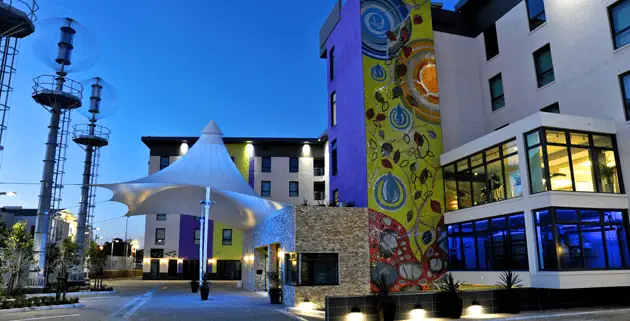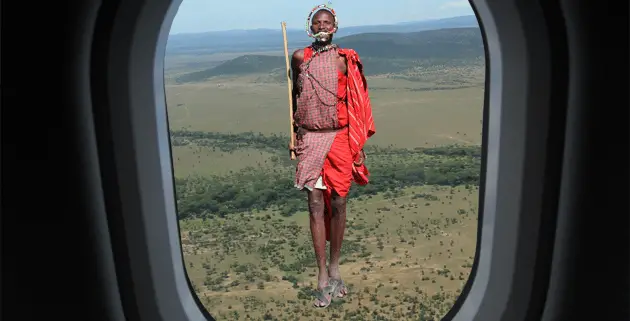Cover Story
 Our magazine cover picture features Kora National Park in Kenya. This is a country that has come through some tough political times in recent years, but Murithi Ndegwa, Managing Director of the Kenya Tourism Board is determined to ensure that tourism retains its leading edge in contributing to Kenya’s GDP (13% in 2011) and the Kenyan Government is going out its way to streamline legislation, policies and infrastructure, aimed at making the country and easy destination to visit.
Our magazine cover picture features Kora National Park in Kenya. This is a country that has come through some tough political times in recent years, but Murithi Ndegwa, Managing Director of the Kenya Tourism Board is determined to ensure that tourism retains its leading edge in contributing to Kenya’s GDP (13% in 2011) and the Kenyan Government is going out its way to streamline legislation, policies and infrastructure, aimed at making the country and easy destination to visit.
Kenya has a lot to offer the tourist, especially the “snow birds” who want to escape cold northern climes – even in what they call summer! Its wide open savannah makes for easy game viewing, its beaches are magnificent all along the coast, and its climate varies from sultry summer along the coast to cool and comfortable inland plateau. Kenya is one of the most well-established tourism destinations in sub-Saharan Africa, with tourism having begun during colonial times and emerging as a key growth area post-independence. Tourists visit the Mara for its reputation as a popular destination to view the ‘Big Five’ and the romanticised pastoralists, the Maasai. Mombasa is the closest example of the typical mass tourism model of large hotel resorts and all-inclusive packages.
Global tour operators are the critical economic actor, bundling a significant number of Kenya’s inbound tourism service providers together. The rise of the global tour operator, nonetheless, has also coincided with the rise of national tour operators, based out of Nairobi. The African continent, although still a relatively small player in global tourism, is poised to be a leader in the next wave of tourism to the developing world.
According to the UNWTO, Africa was the only region during the financial crisis to display positive figures in 2009, and maintained growth thereafter. With the exposure granted to South Africa due to the 2010 FIFA World Cup, Africa has positioned itself as a dynamic tourism market.
The importance of tourism for sub-Saharan Africa cannot be understated. Outside of agriculture, tourism is one of the few global industries that has less stringent barriers to entry, needs multiple skilled workers, and, particularly, harnesses local knowledge, so that locals can become self-employed guides, microentrepreneurs, artisans, or fill various low-skilled positions. Sub-Saharan Africa, and Kenya in particular, is also home to some of the world’s most spectacular natural sites, wildlife and traditional cultural groups.
The difficult task Africa faces, however, is to foster ‘shared growth’ and to turn ‘survivalist’ and ‘marginal’ micro-entrepreneurs into sustainable businesses. Perhaps it’s time for Africa’s travel trade to ‘Think Global – Act Local’
Read more on ‘Magical Kenya’ HERE.





